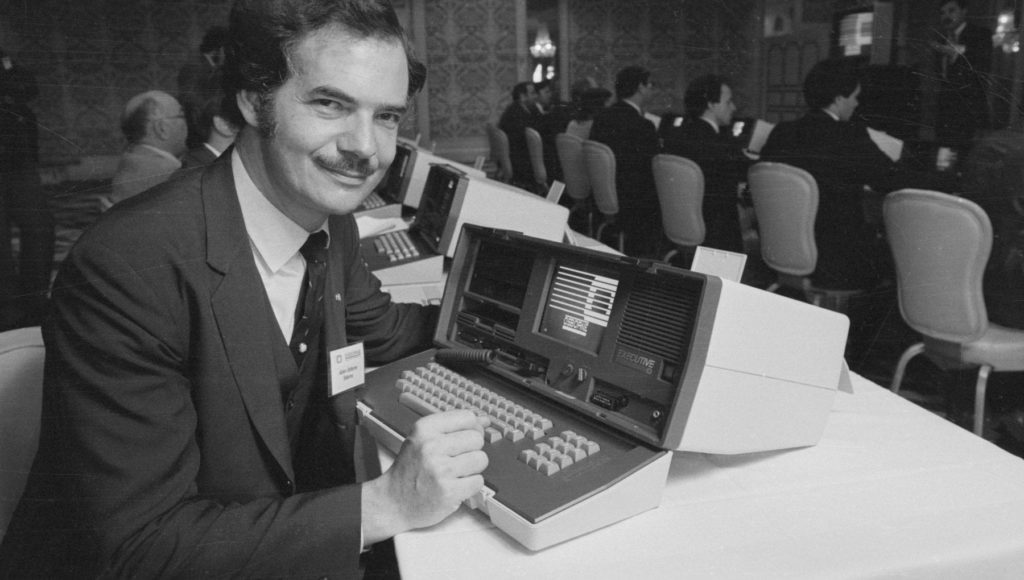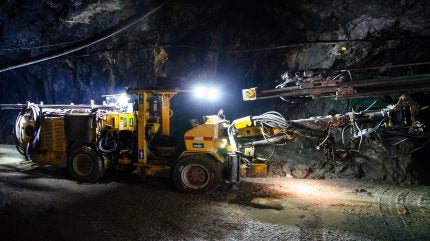Sign up for daily news updates from CleanTechnica on email. Or follow us on Google News!
This past summer, Ford CEO Jim Farley went on a road trip with his daughter. Behind the wheel of an all-electric Ford F-150 Lightning, he made a decision that would ultimately torpedo the Blue Oval’s ambitions to take on Tesla as the global leader in EV sales, and also take the rest of the industry with it.
That decision? Farley announced that Ford would switch from the CCS electric vehicle charging standard to Tesla’s North American Charging Standard (NACS). It was a move that would enable Ford Lightning and Mach-E drivers to use Tesla’s ubiquitous and reliable Supercharger network, and, Farley seemed to think, eliminate Tesla’s biggest market advantage regarding EVs.
What Ford’s announcement actually did, though, was alienate its franchise dealers, instantly depreciate its existing EV lineup, and blast a tsunami of doubt and confusion across the entire electric vehicle market just as it was starting to take off.
In short: Farley pooched it. Utterly and completely and in a way that he — indeed, anyone who has ever heard the name “Adam Osborne” — should have seen coming.
Who Was Adam Osborne?

Adam Osborne; via Philip Bourgeois, StudioRed.
Adam Osborne launched his eponymous Osborne Computer Corporation in 1981 with the introduction of the Osborne 1, the first commercially successful portable computer. It had a built-in 5-inch CRT monitor, a detachable mechanical keyboard, a 4 MHz processor, 64 KB of RAM, word processing and spreadsheet apps, and packed them all into a svelte, 24 lb suitcase-style package for easy carrying.
The Osborne 1 was a revelation, and it sold remarkably well, but that’s not why people remember Adam Osborne. It’s not because of his best-selling books, either. Instead, it’s because of a crucial decision Osborne made in 1982 — when Osborne announced the Osborne 2 to the world.
Properly called the “Osborne Executive,” the Osborne 2 was revealed at an invitation-only event for journalists and what would today be called influencers. It had more memory than the Osborne 1, better features, and maybe even weighed a little less, making it even more portable than before.
Anyone who liked the Osborne 1 would be sure to love the Executive, of course, and when news about the Executive got out, Osborne customers were excited. They were so excited, in fact, that they canceled their orders for Osborne 1s in anticipation of the Executive. At the same time, it became nearly impossible for Osborne to find new buyers for the 1, which they still needed to fund the ramp-up to the Executive. That drop in sales led to delays, which led to an even tighter revenue crunch, starting a domino effect at Osborne that ended in the company’s bankruptcy less than a year later.
Many analysts blamed the failure of Osborne Computer Corp. on the early announcement of the Executive, and business leaders in the decades since have taken the lessons from what’s come to be known as “the Osborne effect” to heart, taking great pains to avoid premature announcements that could undermine existing product lines.
Ford CEO Jim Farley seems to have stepped right into the Osborne effect, however, and the rest of the industry (apparently led by people too young or too arrogant to believe the Osborne effect could apply to them) seems to have jumped in with him. Even so, Farley is particularly guilty here, and Ford dealers (and owners!) should be asking Chris Farley’s cousin some hard, hard questions right now.
Ford Dealers
We celebrated Ford’s hardline stance on dealers last year, when the brand announced that its franchise stores would have to invest between $500,000 and $1.2 million to add high-speed charging capabilities to their stores. At the time, Ford’s EVs used the CCS charging standard, and the most forward-thinking dealers moved quickly to buy hardware and hire contractors to begin building out the infrastructure.
Then, in May of 2023, Ford announced that it had reached an agreement with Tesla that would grant existing Ford EV owners access to Tesla’s 12,000 North American Superchargers, and that “Ford will equip future EVs with the NACS charge port, removing the need for an adapter for direct access to Tesla Superchargers, starting in 2025.”
To date, we’re not aware of any public statement or apology to its most responsive dealers from either Ford or Farley. Not even to the stores that jumped to spend six-to-seven figures adding CCS chargers to their stores only to be told they’d need to add NACS hardware.
Similarly, Ford has not done much to explain what dealers are supposed to do with their current stock of 2023 and 2024 model year CCS-equipped EVs — CCS-equipped EVs that many enthusiasts and influencers are telling their EV-curious friends to hold off on buying because … ?
That’s a great question. Because Ford said it would begin offering EVs in 2025 with Tesla connectors — but does that mean NACS-equipped Lightning and Mach-E models, or some new model, leaving the Lightning and Mach-E to soldier on with CCS until their next redesign? The messaging on what vehicles will have NACS and when has been murky, at best, leading to more doubt and hesitation among EV buyers already slowed down by record prices, sky-high interest rates, and rapidly changing tax credit rules.
Ford’s dealers, troublesome as some of them are, deserve better.
So, too, do Ford’s early adopters, EV buyers who the company courted with the first truly competitive Model Y rival to hit the market, the Mustang Mach-E. The company also announced, revealed, and launched the first electric pickup truly suitable for work in the form of the F-150 Lightning. Both vehicles launched with CCS chargers and both have been publicly undermined by CEO Farley.
“Charging has been pretty challenging,” Farley said on X/Twitter, following a summer road trip in an F-150 Lightning. “It was a really good reality check of the challenges of what our customers go through and the importance of fast charging and what we’re going to have to do to improve the charging experience.”
No surprise charging can be a challenge, but still learning a lot seeing firsthand the issues our customers face. This is why we’re working w/ @Tesla to provide @Ford drivers access to +12,000 superchargers & our EV certified dealers are installing fast chargers at their… pic.twitter.com/fES15o9orT
— Jim Farley (@jimfarley98) August 13, 2023
Which, I mean … at least Adam Osborne had the good sense to avoid sh*tting all over the Osborne 1 while he was out cratering the demand for it (not that it did him much good, in the end). Farley, meanwhile, has displayed no such wisdom, and while these comments were initially celebrated as “straight-talk” from a corporate leader, they made one thing painfully clear to prospective Ford EV buyers considering their first EV: life with a Ford EV sucks “is challenging.”
Never mind that the real problem here was Farley’s misunderstanding of how to properly plan an electric road trip (CEOs don’t take personal responsibility seriously when it’s possible to blame anyone and everyone beneath them — or, in this case, “public charging”). The result is that Ford’s CEO was out, in public, criticizing the real-world ownership experience of its two most visible models, and doing so in plain sight of not just the people who had recently bought them, but of anyone who might be considering picking up a low-mile, off-lease, used one in the near future.
“Ford’s current products are a pain in the ass to live with,” Farley may as well have said. “We’ll get it right in 2025. You should wait until then.”
If one of Ford’s marketing reps had tweeted that, they’d be on Indeed right now looking for work!
That’s my opinion, anyway — what’s yours? Scroll on down to the comments section and let us know if you think Farley’s making all the right moves or if Gen Z will be reading about Jim Farley instead of Adam Osborne in the “definitely don’t do that” section of their future MBA programs.
Have a tip for CleanTechnica? Want to advertise? Want to suggest a guest for our CleanTech Talk podcast? Contact us here.
EV Obsession Daily!
I don’t like paywalls. You don’t like paywalls. Who likes paywalls? Here at CleanTechnica, we implemented a limited paywall for a while, but it always felt wrong — and it was always tough to decide what we should put behind there. In theory, your most exclusive and best content goes behind a paywall. But then fewer people read it!! So, we’ve decided to completely nix paywalls here at CleanTechnica. But…
Thank you!
Community Solar Benefits & Growth
CleanTechnica uses affiliate links. See our policy here.



